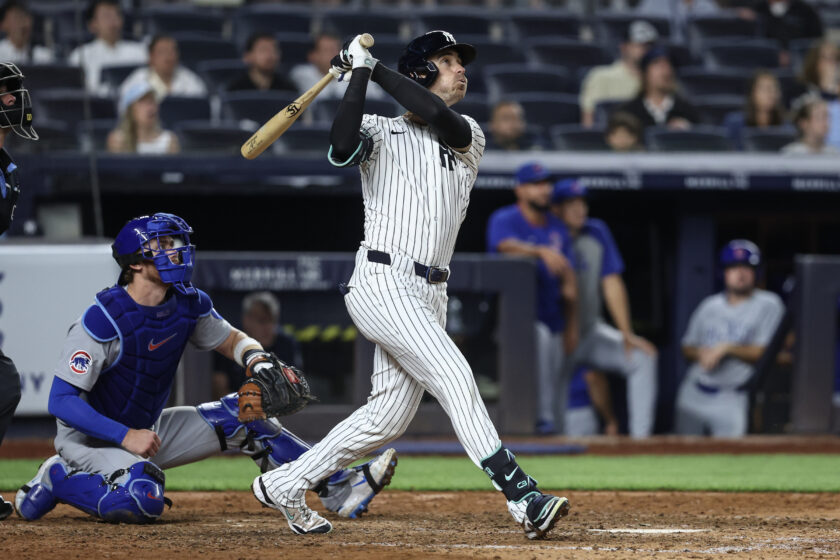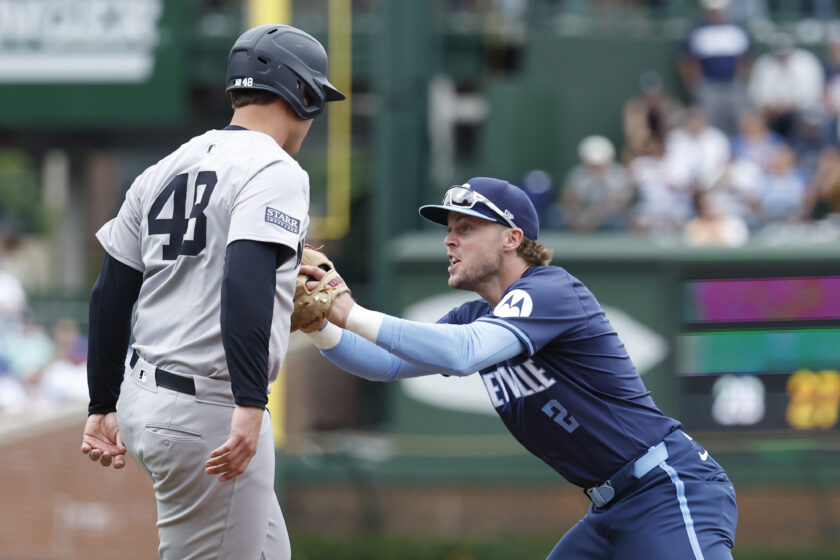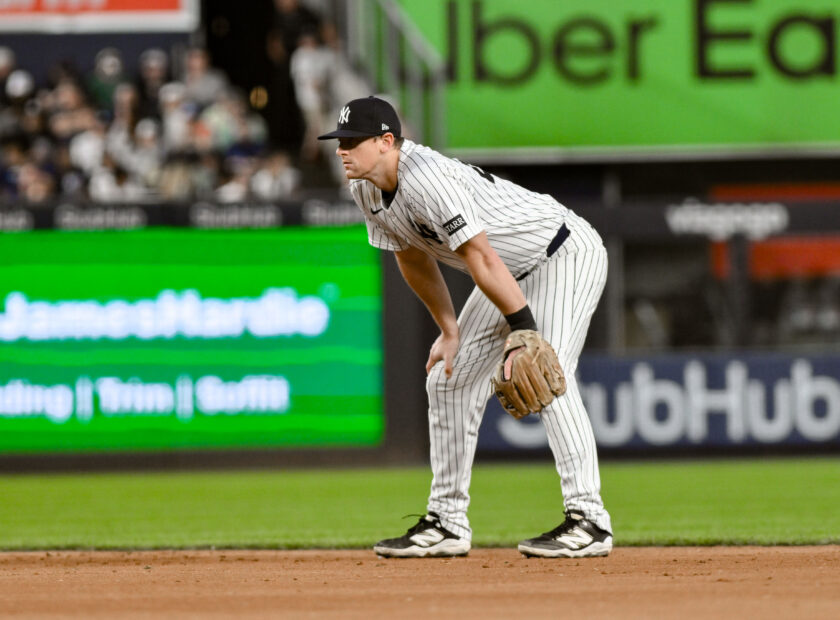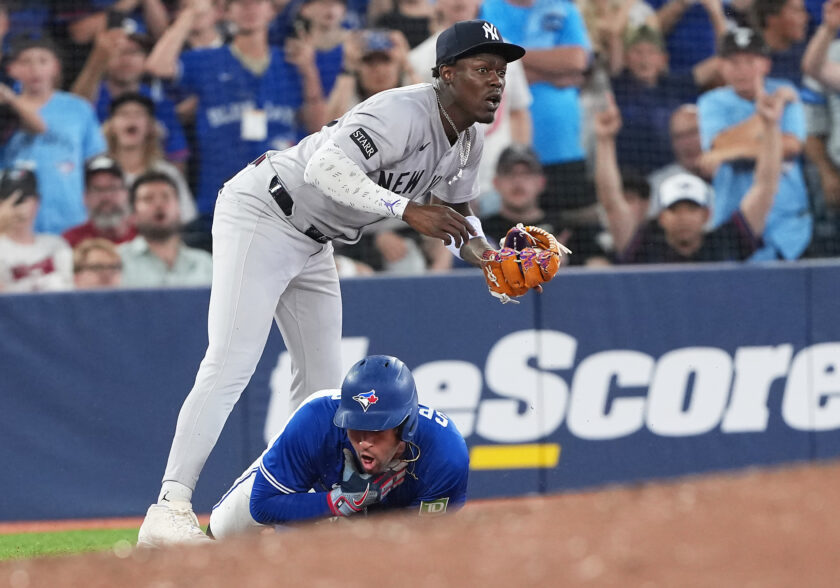Here’s how pitch clock, shift ban have impacted MLB spring training games

We’re still three weeks away from MLB’s Opening Day festivities, but the game has looked drastically different so far during spring training. Several new rules have gone into effect that have drawn mixed reviews among fans, to put it nicely. Among those changes include a pitch clock, a limit on pick-off throws, a limit on how teams can shift on defense, and bigger bases.
The hope has been that it’d not only shorten games but also improve the pitch-to-pitch pace while increasing action. After all, these changes would mean nothing if the three-true outcomes phenomenon continued.
The sample size is small, but it’s definitely encouraging. Here’s the data, as presented by the only MLB insider we’ll ever need, ESPN’s Jeff Passan:
Spring training 2022 vs. 2023
Time of game
2022: 3:01
2023: 2:36Runs/game
2022: 10.6
2023: 11SB attempt/game
2022: 1.6
2023: 2.4BABIP on groundballs
2022: .235
2023: .258Strikeout rate
2022: 23.9%
2023: 23.1%More singles, stolen bases and runs — and 25 minutes faster.
— Jeff Passan (@JeffPassan) March 9, 2023
He shares some useful stuff when he’s not busy torching the Yankees, right?
Although it’s still early, this is the best-case scenario for MLB. Games are noticeably shorter with more balls in play and action on the bases, all while the run production has stayed virtually the same.
Mets hurler Max Scherzer and Yankees captain Aaron Judge have both provided an endorsement for the pitch clock. Heck, Scherzer is doing everything possible to utilize the new tools at his disposal now. It hasn’t come without hiccups, of course, but that’s to be expected as everyone adjusts to a new type of baseball.
Will it lead to an outpouring of casual fans getting more interested in the game? That’s to be determined, but I’d be surprised if it makes a Mets-scoreboard-sized difference — especially at the beginning.
Whether you’re a fan of the pitch clock or not, it’s hard to argue with these results. More action in less time is usually a good thing.
Matt Musico can be reached at matt.musico@xlmedia.com and you can follow him on Twitter: @mmusico8.
Matt Musico is an editor for ESNY. He’s been writing about baseball and the Mets for the past decade. His work has been featured on numberFire, MetsMerized Online, Bleacher Report, and Yahoo! Sports.






